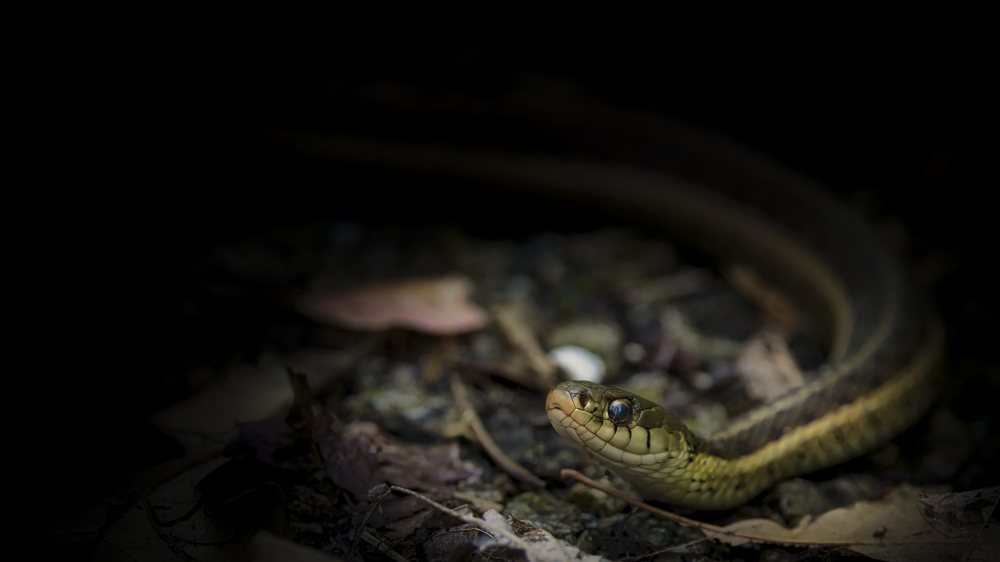
Red-spotted Purple Admiral
(Limenitis arthemis)
The Red-spotted Purple Admiral (Limenitis arthemis) is a species of butterfly that belongs to the family Nymphalidae. It is also known by other common names such as the Red-spotted Purple, White Admiral, or Red-spotted Admiral. It is a well-known and widely distributed butterfly species found in North America.
Here are some key characteristics and facts about the Red-spotted Purple Admiral:
- Appearance: The Red-spotted Purple Admiral has a striking appearance. The upper side of its wings is blackish-blue with iridescent hues. The wingspan of an adult butterfly ranges from 6 to 9.5 centimeters (2.4 to 3.7 inches). The males and females look similar, but females tend to have slightly larger wingspans.
- Red Spots: The butterfly derives its common name from the distinct red spots found on the underside of its hind wings. These bright red spots, along with a bluish-black background, serve as a warning signal to predators.
- Mimicry: The Red-spotted Purple Admiral exhibits a fascinating form of mimicry. It resembles the poisonous Pipevine Swallowtail (Battus philenor), which has similar colors and patterns. This mimicry helps protect the Red-spotted Purple Admiral from predation, as potential predators mistake it for the toxic Pipevine Swallowtail.
- Distribution: The Red-spotted Purple Admiral is native to North America and can be found throughout the continent. Its range extends from southern Canada, across the United States, and into northern Mexico. It is a relatively common butterfly and can be spotted in various habitats, including forests, woodlands, parks, and gardens.
- Behavior: These butterflies are generally solitary and can often be seen perching on leaves, tree trunks, or sunlit areas with their wings outstretched. They are known to be strong and swift flyers, capable of maneuvering through the dense forest canopies with agility.
- Life Cycle: The Red-spotted Purple Admiral undergoes a complete metamorphosis, transitioning through four stages: egg, caterpillar, pupa (chrysalis), and adult butterfly. The female butterflies lay eggs on host plants, which are typically trees such as cherry, birch, poplar, willow, and aspen. The caterpillars, known as "black-spotted" larvae, are spiky and have a black body with red-orange spots. After feeding and growing, the caterpillar forms a chrysalis where it undergoes the transformative process before emerging as an adult butterfly.
- Diet: The adult Red-spotted Purple Admiral primarily feeds on rotting fruit, tree sap, and nectar from various flowering plants such as milkweed, thistles, and asters. The caterpillars feed on the leaves of their host plants.
- Conservation: The Red-spotted Purple Admiral is not considered a threatened species and is known to adapt well to a range of habitats. However, like many butterfly species, it can be affected by habitat loss, pesticide use, and climate change, which can have implications for its populations.
The Red-spotted Purple Admiral is a captivating butterfly with its striking colors, mimicry abilities, and widespread distribution. Observing these beautiful butterflies in their natural habitats can be a delightful experience for nature enthusiasts and butterfly lovers.
